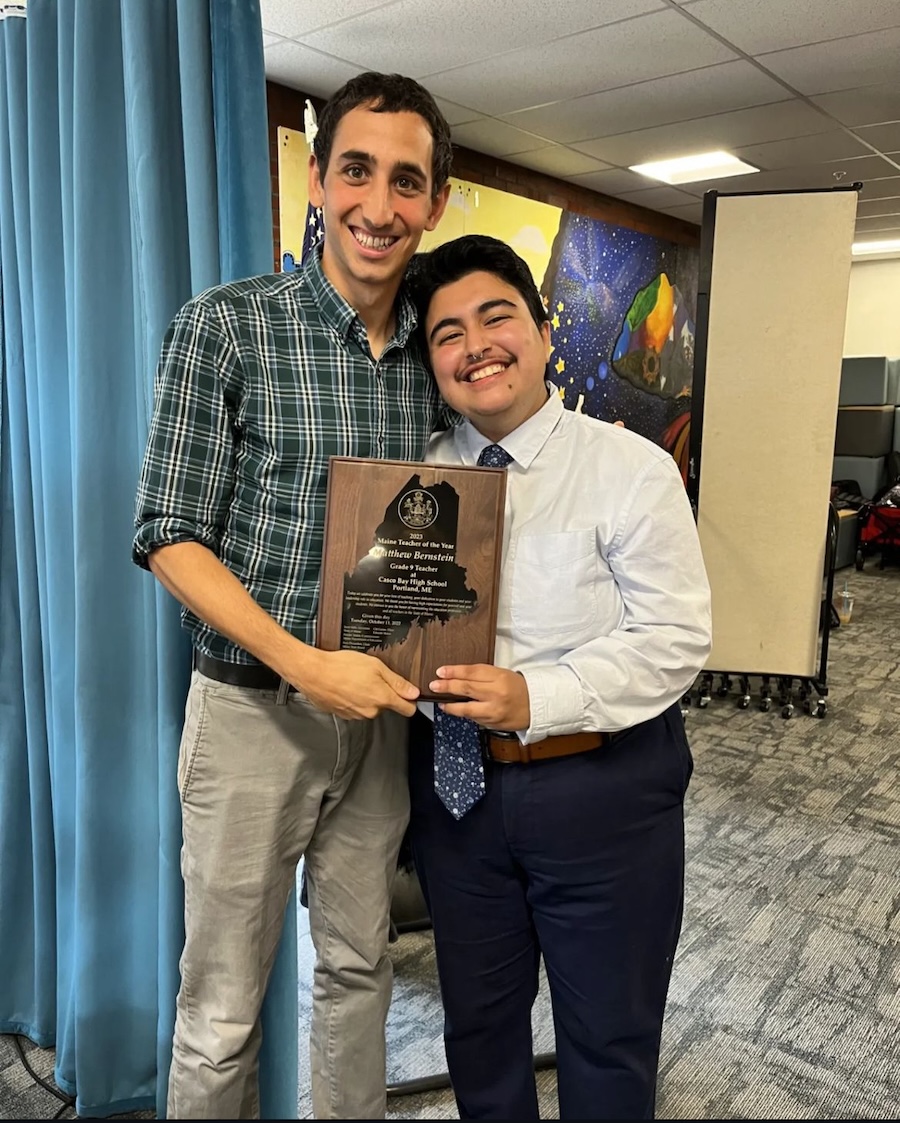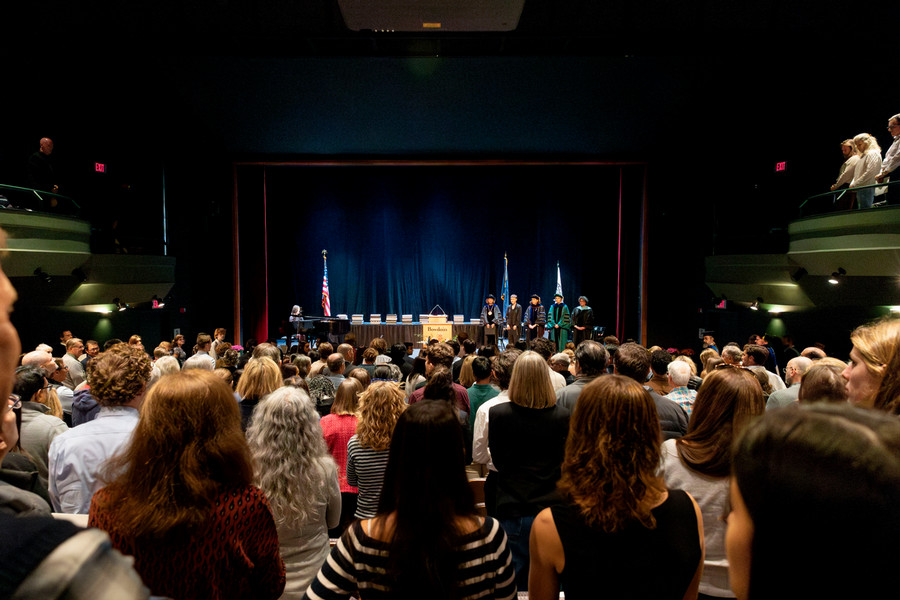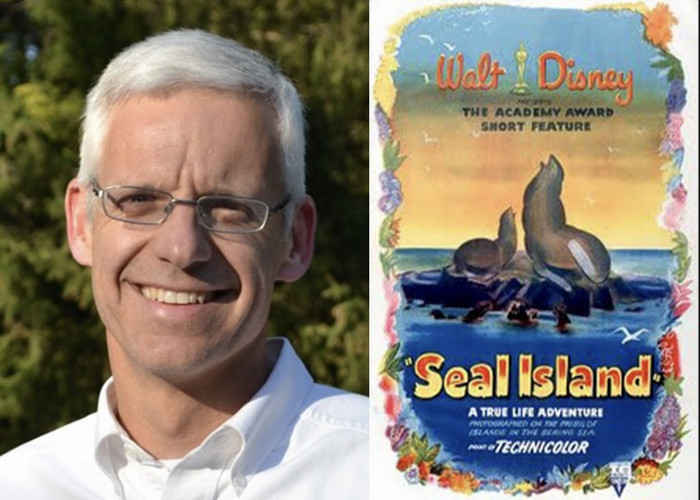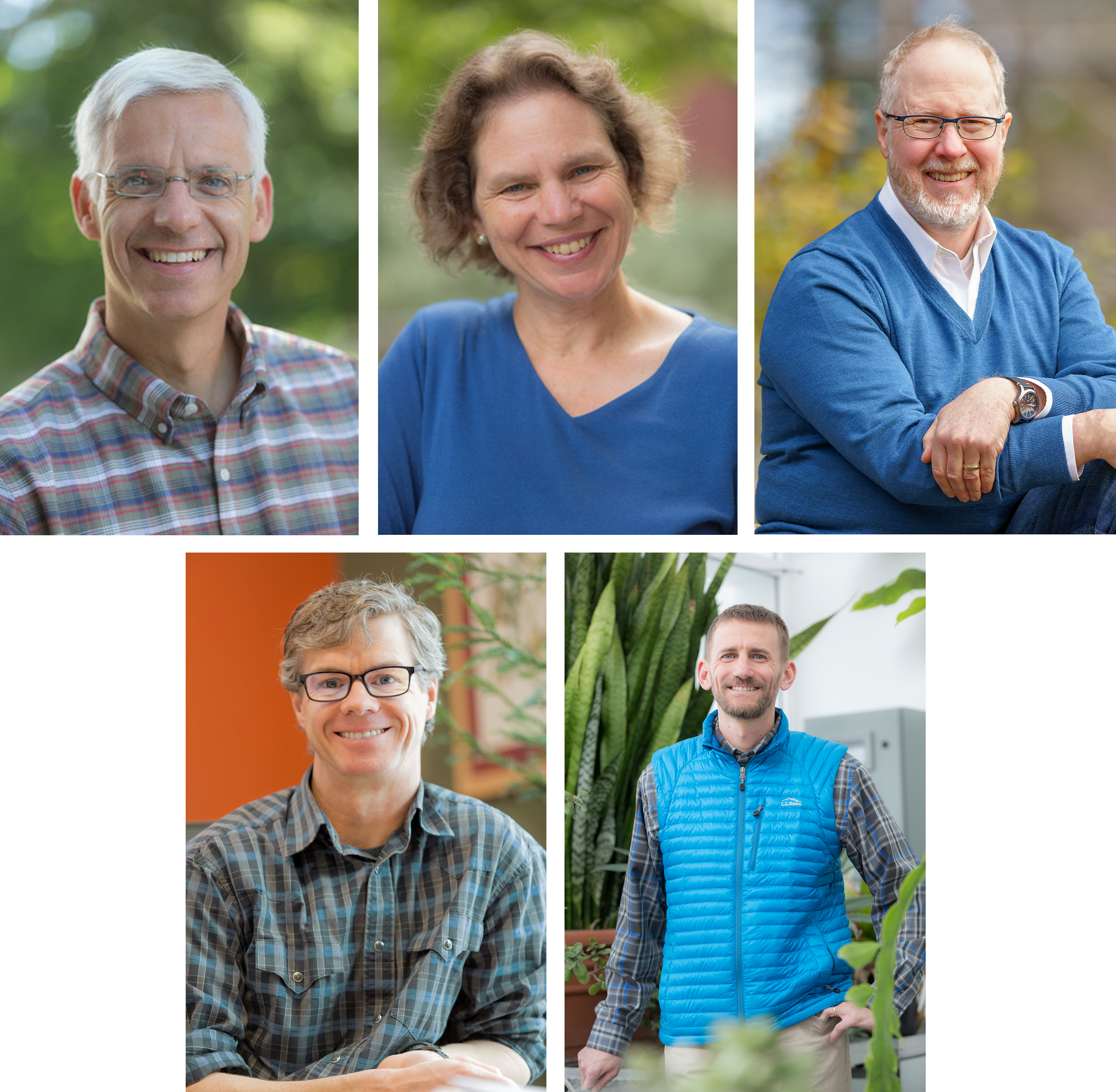Professor, Students Identify Nascent Science Learning in Preschoolers
By Rebecca Goldfine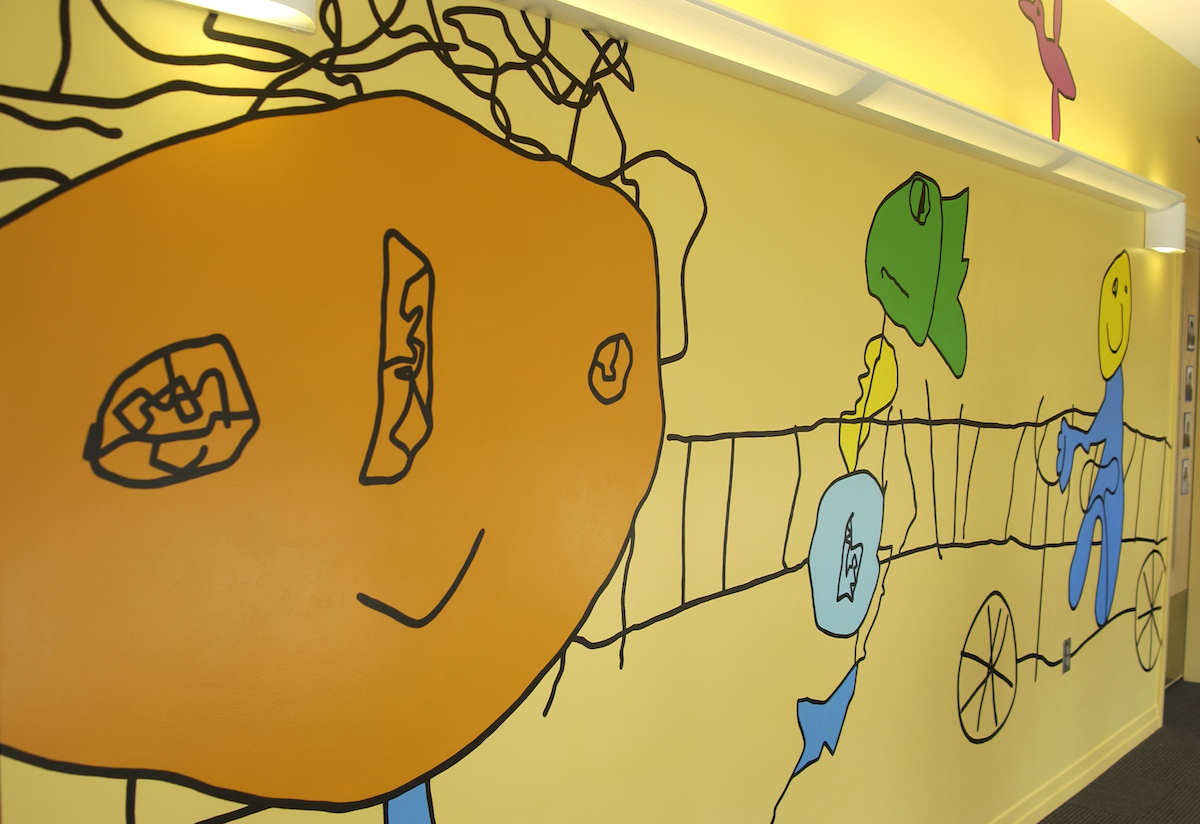
When preschoolers play, they often exhibit budding signs of scientific or engineering thinking—that is, they observe, explore, ask questions, build models, and problem solve.
Much like scientists do, they will also at times attempt to construct (often quite arguable) explanations from evidence. For example, a three-year-old who declares a leaf is turning orange because it is morphing into a peach might elicit doubt from another child who asserts it has something to do with the weather turning cold.
"Children making these observations about their world and investigating things that elicit their curiosity is exactly what we should be preserving and harnessing as they head into formal education," said Assistant Professor of Education Alison Riley Miller. Miller’s research project examines the factors that help students best develop this way of engaging their surroundings and all the puzzles they encounter in them.
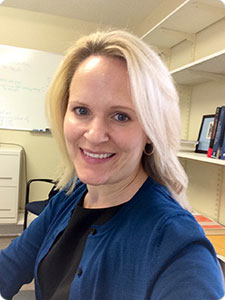
Miller, an expert in science learning, is working on research to identify situations like these that demonstrate nascent scientific and engineering practices in children's play. Her ultimate goal is to create a professional development instrument for early-childhood educators and researchers.
To collect data, Miller and her team—which has included Visiting Assistant Professor of Education Lauren Saenz and Bowdoin Children’s Center Director Martha Eshoo, as well as Bowdoin students—have over the past year videotaped playtimes at four childcare centers in Maine, from Portland to Waterville.
After collecting more than 100 hours of footage, both in classrooms and outside in play yards, Miller is now coding and analyzing the footage this summer with help from Minah Nguyen ’20, who has a Gibbons fellowship from Bowdoin to work on the project.
Early Observations
While they are just beginning their formal analysis, the researchers are noting intriguing trends. "We're seeing substantial differences in more structured environments versus less structured play environments," Miller said. "When children have larger swaths of time that are undisrupted, and more outdoor time throughout the seasons, we're seeing more frequency and variety in science and engineering practices."
Nguyen has observed that when a play space is not set up with stations for specific activities—such as a pretend kitchen or a space set up for blocks—the children "are less confined and more likely to try different things." Nguyen added that "when there are fewer rules, kids are freer to explore."
So, that pretend kitchen, while fun for kids, might not be an ideal way to cultivate early scientific tendencies. Miller said children exhibit more scientific and engineering behaviors when they have fewer toy replicas—e.g., fake bananas and little dump trucks—and can play instead with nonrepresentative or natural elements, such as craft supplies, sticks, leaves, pebbles, fabric, or buckets.
"In these environments, we see a much higher frequency of higher-level modeling happening, where children are being imaginative about what things represent," Miller said.
Their data is also confirming that the outdoors might be the best learning environment of all. "Children are fascinated by mud and rain, and leaves, bugs, and worms," Miller said. "And snow—there is endless fascination with snow and the different kinds of snow. Sometimes it is powdery and scoopable. Other times they're breaking off ice-encrusted pieces that they carry around and build with and eat."
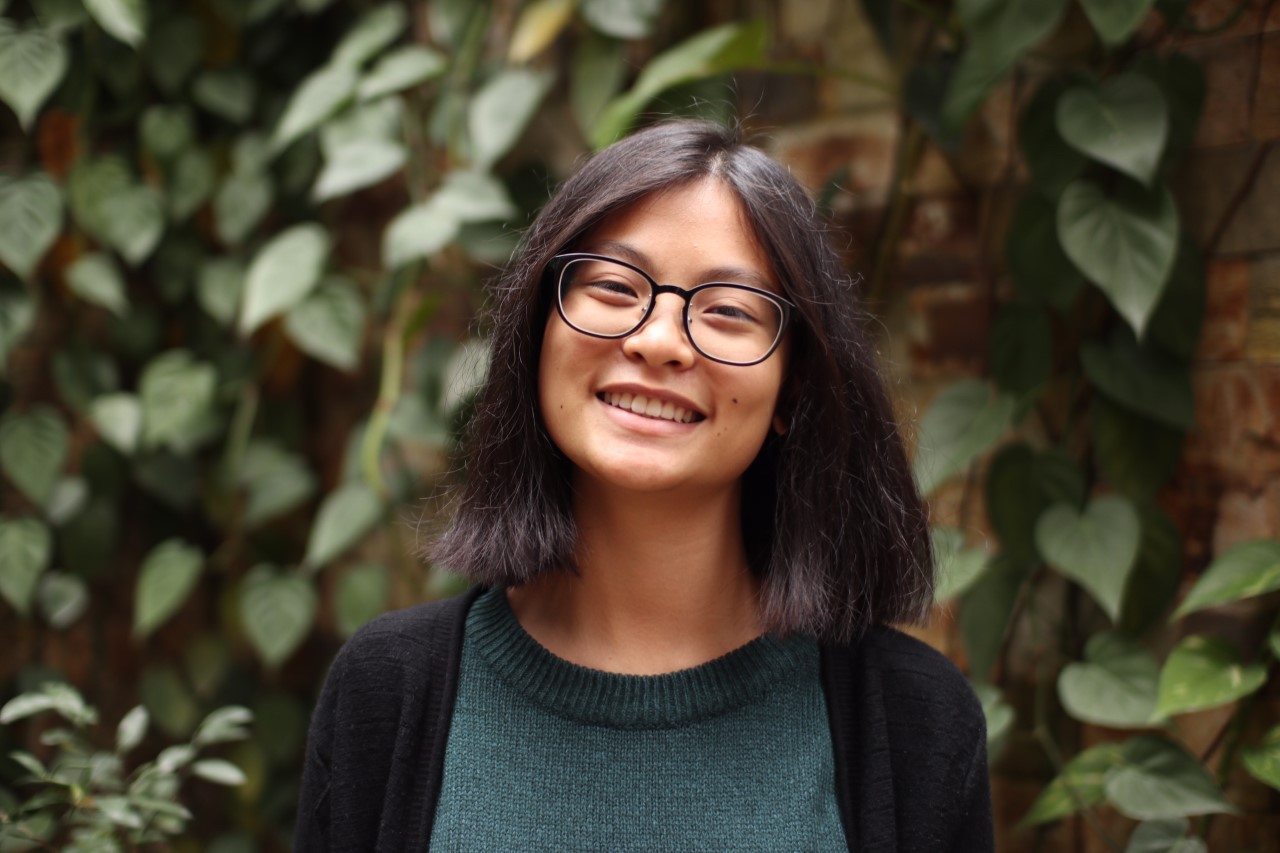
Teachers, of course, serve an important role in fostering early scientific and engineering practices. "We have some indication that there are more helpful teacher interactions and less helpful ones," Miller said. "Our findings are running counter to the instinct in schools to engage in direct instruction from the time children can listen."
When a teacher, even with good intentions, approaches a child to ask them what they are doing or to offer advice, the child will stop their play to focus on the teacher. Another common practice is for teachers to overreact to perceived risk and interrupt play. "We're looking for how our research can help teachers and administrators understand how to manage play in a way that allows children to explore and take risks," Miller said.
Miller and Nguyen have also seen examples of teachers supporting enriching play—such as by quietly placing additional objects next to a student immersed in a make-believe situation. "We're trying to identify wonderful examples of that type of stage-setting to share," Miller said.
Next steps
Because not a lot of research has been done in this area with this age group, Miller said she hopes her work stimulates future projects that track students as they continue on to elementary and middle school, to help determine how early learning environments affect later success in science and math.
Over the next few months, Miller, Saenz, and Eshoo will continue validating their professional development tool, called the "Preschool Scientific and Engineering Practices Instrument, or PRESEP," to share widely. They also plan to return to the four childcare centers to offer onsite training to the teachers who opened up their classrooms to them.
One of the more important findings from their work shows that the environments that bolster scientific and engineering practices in young children are not overly complicated or expensive to create. "I believe this research can be used to inform (questions like) what are the things that really matter, and what are the changes that can be made across environments that will have an impact on children, regardless of their background," Miller said.
